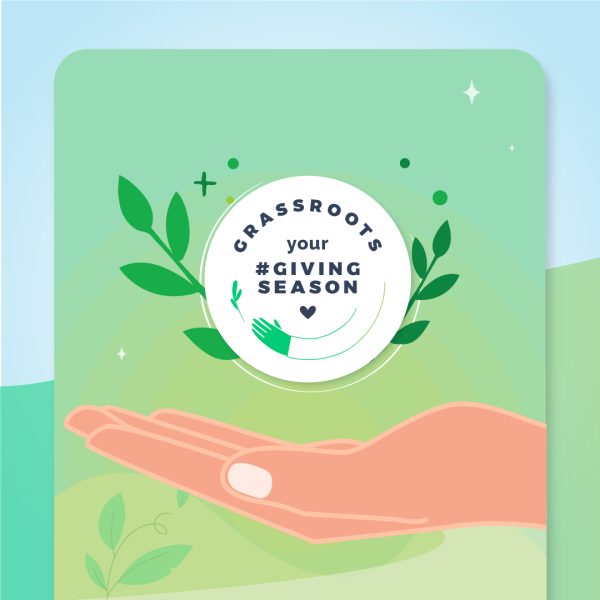A strong grassroots fundraising program brings in more than dollars to your organization: It creates a real community of supporters who are ready to take action for your cause! Make the most of this energy by creating custom social share settings that show up whenever a link to your contribution form is posted on Twitter or Facebook by your donors.
While your own social media presence is crucial to your success, you have an opportunity to reach an even wider community when your small-dollar donors post about your work. And donors don’t just help you reach a wider audience — they often share their personal connection to the cause, which helps move others to action! Here are some tips on how to get the most out of your social share.
First, learn how to use our tools to customize the images, titles, and descriptions for your Twitter and Facebook social shares here (including how to make reusable and default settings!). Once you’re familiar with the basics of social share settings, think critically about your goals. Beyond getting the word out to new audiences about why your mission matters and giving supporters an action to take after donating, you are promoting your professional brand. Your social share is a representation of your nonprofit that will be seen by many. Your image and text should reflect your values and goals, while empowering people to join you.
1. Keep in mind who your audience is on each of these platforms. Are you targeting the same supporters on both networks? For example, according to Sprout Social, in 2021 more men than women use Facebook and Twitter. While Facebook is generally used by people of all ages, 44% of Twitter users are 30-49 years old. Once you have an idea of the audiences you might be reaching on each platform, it’s easier to craft your message.
2. Just as Twitter and Facebook’s audiences are different, so are the dimensions for images and graphics. Check this handy guide to ensure that you are uploading the correct size! Make sure the graphic you choose to include is as compelling and thoughtful as your message. Think carefully about whether or not you want the graphic to depict an image, text, a donation button, or a combination of all three. What is most important is that your image reflects your brand. Using the same colors, fonts, logos, and images as your form branding is a great way to build your brand and create continuity across platforms. You can use our easy template to make a simple, professional graphic that matches the rest of your online presence.
3. Keep the custom titles and descriptions for your social shares short, so they don’t get cut off! You can check to see how your text (and graphics) will look on Twitter using this resource and on Facebook using this resource. Always remember to use inclusive language that builds authentic, horizontal relationships with your supporters — this can be as simple as writing “We can help our community, but only if we do it together” instead of “We have the solution, and we need you to help.”
4. Twitter is all about keeping things short and sweet. Keep your custom tweet text to 71-100 characters for the most retweets. You only have a couple seconds to make an impression while potential supporters are scrolling through their feed. Using action-oriented language that motivates and empowers readers is a great way to engage with people whose values align with yours. Instead of explaining why people should care about your mission, explain why they should act!
5. There are additional best practices to keep in mind when posting links to contribution forms from your own accounts! You can explicitly ask supporters to retweet a post from your Twitter account that features your social share for an increase in retweets. For peak engagement on Facebook posts, you can use up to 100-119 characters. While 19 more characters than a tweet may not seem like a lot, it can add up and allow you to squeeze in a few more words about why it is crucial to make a donation now. And no matter where you’re posting, a call to action is critical in motivating those who come across your social share.
The ladder of engagement doesn’t end with a donation, so take a minute to create thoughtful social shares that will stand out online to potential supporters! If you are looking for more social media strategies for your organization, TechSoup has nine tips for nonprofit organizations fundraising on social media, and the Pew Research Center has a comprehensive report on social media use in the U.S. this year.




